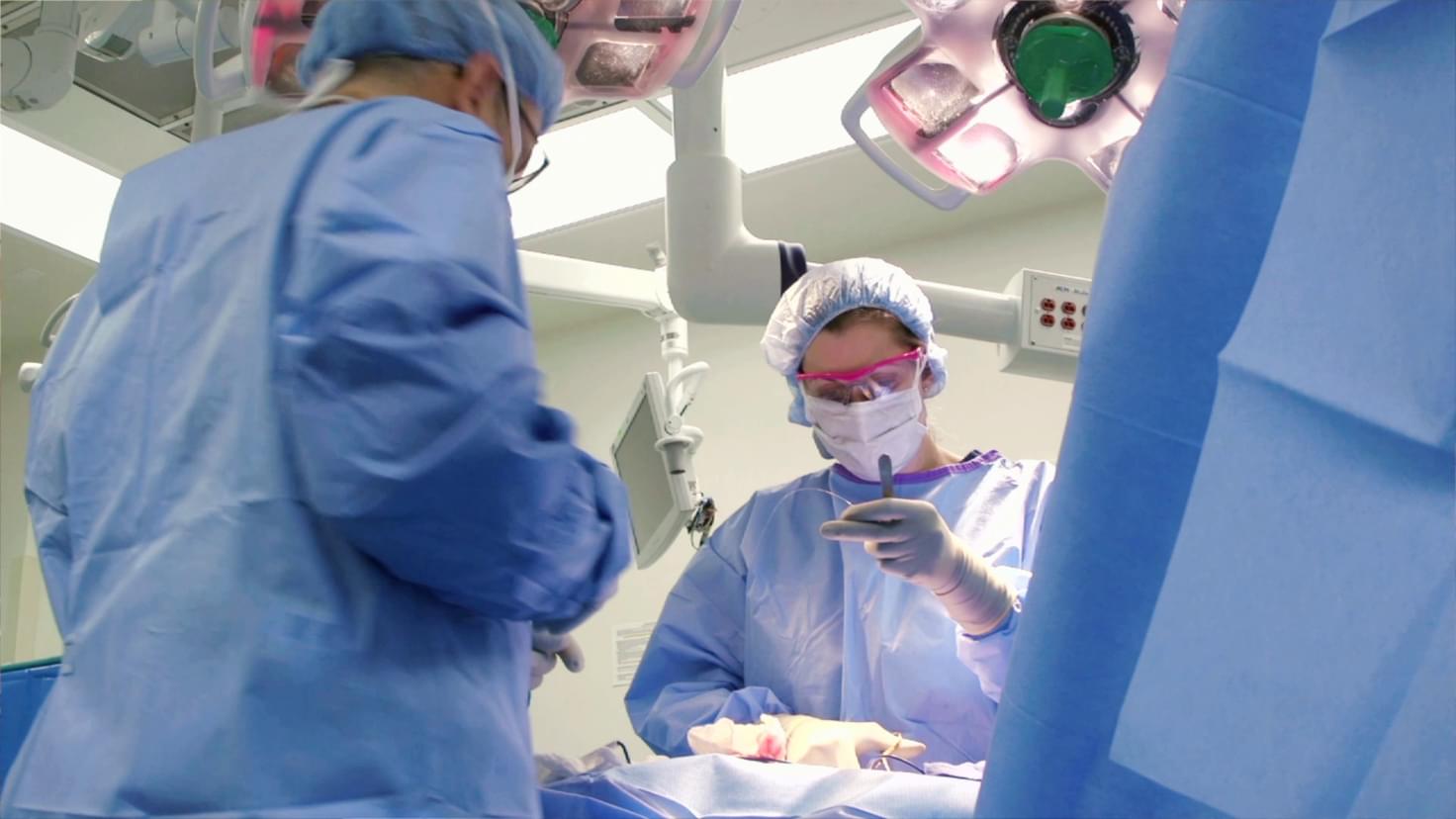
Words by Tess Becker
As the needs of people change and our understanding grows, innovation comes as a natural progression. One of the most obvious examples of that is the quick development and synthesis of a Covid vaccine and the advent of RNA vaccines.
Medical advancements are happening everywhere to help people and their needs.
On a somewhat smaller but still wide-reaching scale, there’s been a massive move to virtual doctor visits, known as telehealth. This really blew up during the pandemic when doctor’s offices were inundated with patients, and most places recommended social distancing and masking up. A lot of people and medical providers started realizing that not every minor checkup or medical conversation needed to happen in a doctor’s office.
It also made the doctor more accessible for people dealing with disability, and the entire process as a whole became more convenient. This is something that Dr. Laura Purdy became known for as she became “America’s Favorite Doctor”.

She gained the moniker after becoming licensed in all 50 states and taking patients from all around the country.
“I can't do everything, but I can do a lot, especially with labs and blood pressure and getting vital signs and everything,” Dr. Purdy tells Smiley News. “I can actually do a lot and so the patients would say over and over again, ‘Thank you. So much. This is incredible. I don't know what I would have done without you without this service. I would have had to go to the ER nobody could take care of me. I was out of town on vacation.’
“I was working in the clinic and I didn't get that much of a sense of gratitude from people.”
According to the CDC over 37% of adults in the US seeking medical care used telehealth in 2021, and that number is growing as convenience and accessibility become more apparent. People could even get most or all of their prescriptions through telehealth doctors, helping people who may struggle to leave the home.
“One of the beauties of telemedicine is that it removes some of the barriers to high-quality care leaving your house to go into a clinic, nine to five business hours administrative staff, just the time overhead involved in people like walking in shaking hands filling out paperwork, a lot of that is we get to do away with it in the virtual health space,” Dr. Purdy says. “Over the course of several years, it was easily apparent that the patients loved the experience.”
Beyond the doctor’s office, many medical fields are constantly trying to innovate how to better care for their patients. This can come in the form of better cancer treatment techniques, and specifically in the case of Dr. Anne Peled, better breast cancer treatments.

Dr. Peled is a plastic surgeon and breast cancer specialist. After being diagnosed with breast cancer herself she, along with her husband, worked to develop a more humane mastectomy technique that lets people with breast cancer preserve much of the sensation in their breasts.
“Many people in my position young and with breast cancer would have double mastectomies and so we were talking about how I didn't want to do that because I was so worried about losing sensation, so young. We sat down and thought, well, we reconstruct nerves and keep nerves and other parts of the body,” Dr. Peled tells Smiley News. “This is a well-known thing in hand surgery and other body parts. Why couldn't we do it in the breast?”
The development was massive, and now they have people flying in trying to learn from them to expand their work in surgery. The work itself has even expanded to people having mastectomies for more reasons than breast cancer.
“Something that's been really neat to see and we aren't responsible for this, but this focus on sensation and quality of life for people has actually extended now to people having gender-affirming mastectomies,” Dr. Peled says. “So now people having mastectomies for non-cancer reasons are actually also able to have preservation of sensation and able to feel like themselves after as well, which has been really neat to see.”
And that’s just a small window into medical advancement. There are growing standards of care for trans people, cancer research, and obviously expanding RNA vaccines that allow us to develop vaccines nearly decades faster. Here’s to highlighting a few of the small ways that medicine is getting better.
This article aligns with the UN SDG Good Health and Wellbeing.